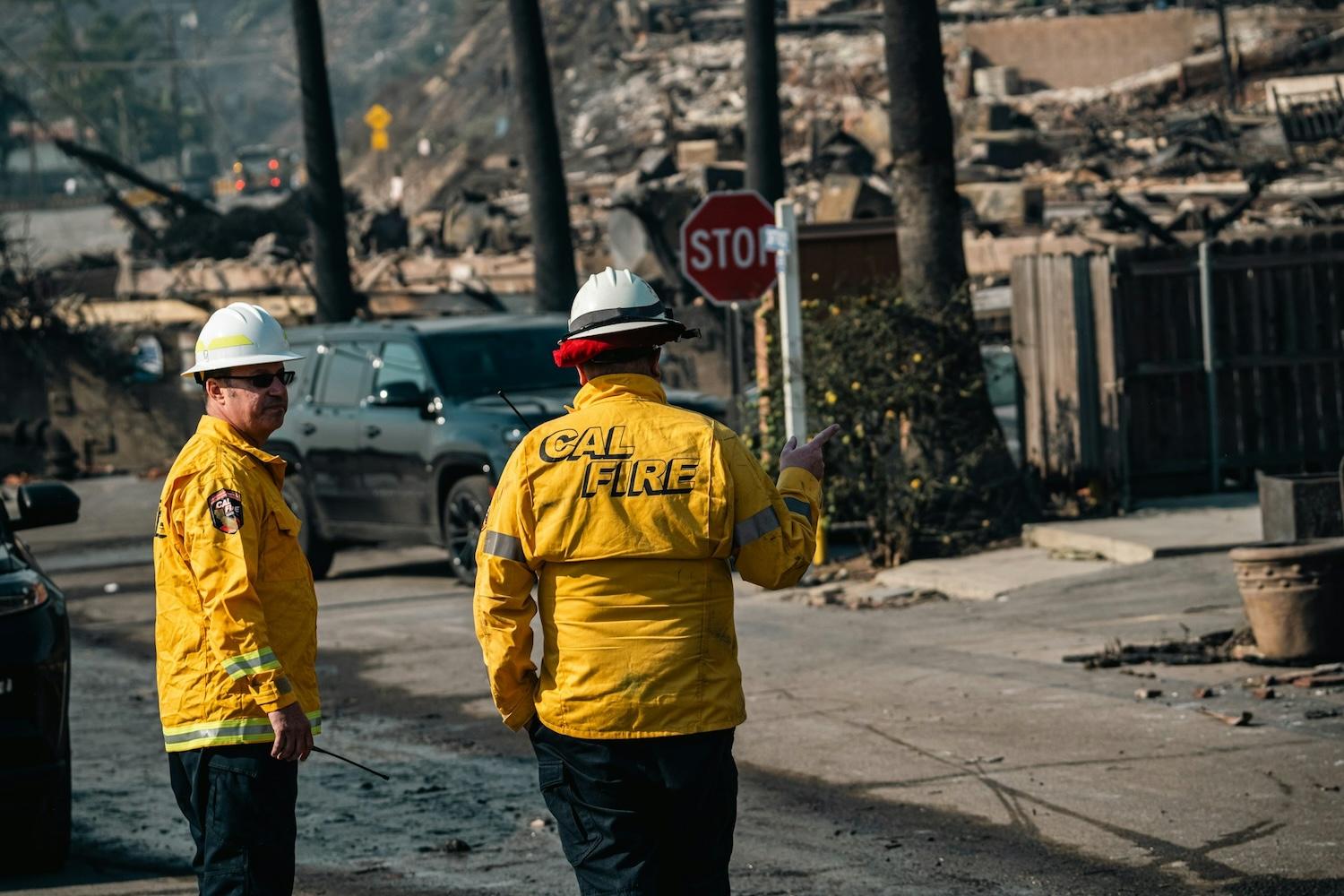In recent years, California residents have faced an alarming trend: major insurance companies pulling out of the state. Homeowners in high-risk areas are finding it nearly impossible to get coverage, while others are being hit with non-renewal notices—leaving them scrambling for last-resort options like the state-backed FAIR Plan.
So, why are insurance companies leaving California?
This article uncovers the real reasons behind this insurance exodus—combining environmental, economic, and regulatory factors.
1. Wildfire Risk: A Climate Crisis Driving Insurers Away
Over the last decade, California has seen a dramatic surge in wildfires—both in frequency and intensity. Events like the Camp Fire (2018), Dixie Fire (2021), and the January 2025 wildfire season have caused billions in damages.
Why It Matters to Insurers:
Catastrophic payouts for property claims
High-risk zones expanding, even into suburban areas
Unpredictable future risk, making it hard to price policies accurately
Fact: Wildfire-related claims in California have exceeded $25 billion since 2017, and insurers fear even worse losses in the future.
2. Skyrocketing Rebuilding & Reinsurance Costs
Post-disaster rebuilding is now far more expensive due to:
Inflation in construction materials
Labor shortages
Rising demand for rebuilds in affected areas
Additionally, reinsurance (insurance for insurance companies) has become significantly more expensive due to global catastrophes and climate events.
The Impact:
Insurers must either raise premiums to cover costs or reduce exposure by exiting markets.
Many are choosing to pull out of California entirely, especially in high-risk counties like Napa, Sonoma, and Butte.
3. California’s Restrictive Regulatory Environment
Perhaps the most cited reason by industry leaders is California’s strict insurance regulation—especially Proposition 103, a 1988 law requiring:
Insurers to get state approval before raising rates
Public input in pricing decisions
Justification of rate increases based on past losses, not future risk projections
Why Insurers Are Frustrated:
Climate risks are growing, but regulators limit their ability to price for future risk.
California law limits the use of predictive catastrophe modeling, which insurers rely on in other states.
The approval process is slow, making it hard to respond to changing market conditions.
Result: Insurers claim they’re not allowed to charge what they need to stay solvent—so they reduce new business or exit the market altogether.
4. Losses Outpacing Profits
When the cost of doing business exceeds the revenue from premiums, insurance companies are forced to make hard choices.
In California:
Loss ratios (claims vs. premiums collected) have hit unsustainable levels.
2022 and 2023 saw record-breaking losses, driven by wildfires, floods, and inflation.
Some companies like State Farm and Allstate have paused all new homeowner policies.
“We simply cannot underwrite new policies without risking financial instability,” said a State Farm spokesperson in a 2023 statement.
5. The Burden on the FAIR Plan
As private insurers leave, more homeowners are being forced into the California FAIR Plan—the state’s insurer of last resort.
Problems with the FAIR Plan:
Higher premiums with fewer benefits
Limited coverage options (doesn’t cover theft, liability, etc.)
Rapidly growing enrollment, threatening financial sustainability
Enrollment in the FAIR Plan has tripled since 2018.
California regulators have responded with reforms, but the plan remains a patch, not a solution.
6. What Does This Mean for Homeowners?
Impact | What It Means |
|---|---|
Fewer insurers | Less competition and higher premiums |
Increased non-renewals | Homeowners may lose coverage without notice |
Forced into FAIR Plan | Limited, expensive, and insufficient for most |
Delayed new construction | Builders struggle to secure insurance for projects |
Home values may drop | Uninsurable homes become harder to sell |
7. What’s Being Done About It?
California officials and the insurance industry are exploring solutions, including:
Proposed or Enacted Measures:
Allowing forward-looking risk models (announced in 2023)
Speeding up rate approval timelines
Mandating coverage in underserved areas
Expanding the FAIR Plan's coverage limits
But experts warn these are temporary fixes—a long-term strategy is needed to address both climate risk and insurance solvency.
FAQs
Q: Can I still get home insurance in California?
A: Yes—but depending on your location, options may be limited to the FAIR Plan or smaller regional carriers.
Q: Will insurers come back?
A: Possibly. If reforms allow more accurate pricing and risk modeling, some insurers may re-enter the market.
Q: What can homeowners do right now?
Shop multiple carriers or use a broker
Consider mitigation upgrades (like fire-resistant roofing)
Contact your insurer early if you're in a high-risk area
Conclusion
The decision by major insurance companies to leave California didn’t happen overnight—it’s the result of a perfect storm: climate change, soaring costs, and outdated regulations.
While the state is taking steps to fix the system, the road ahead remains uncertain. In the meantime, Californians must be proactive, stay informed, and explore alternative coverage options where available.

